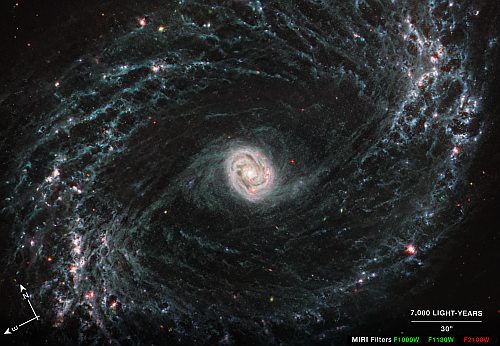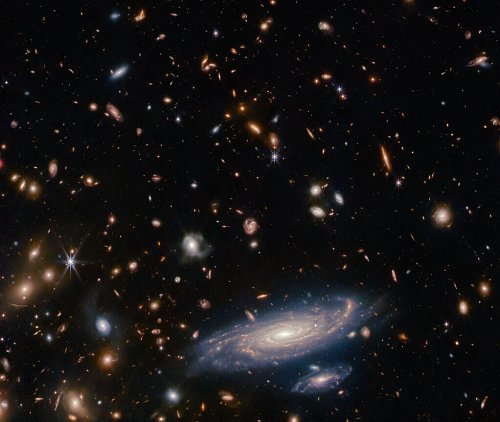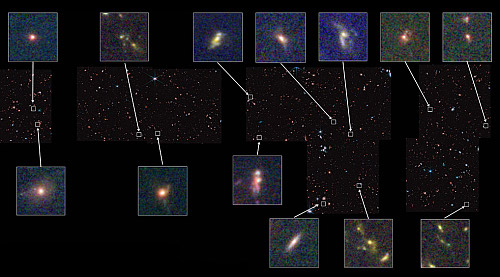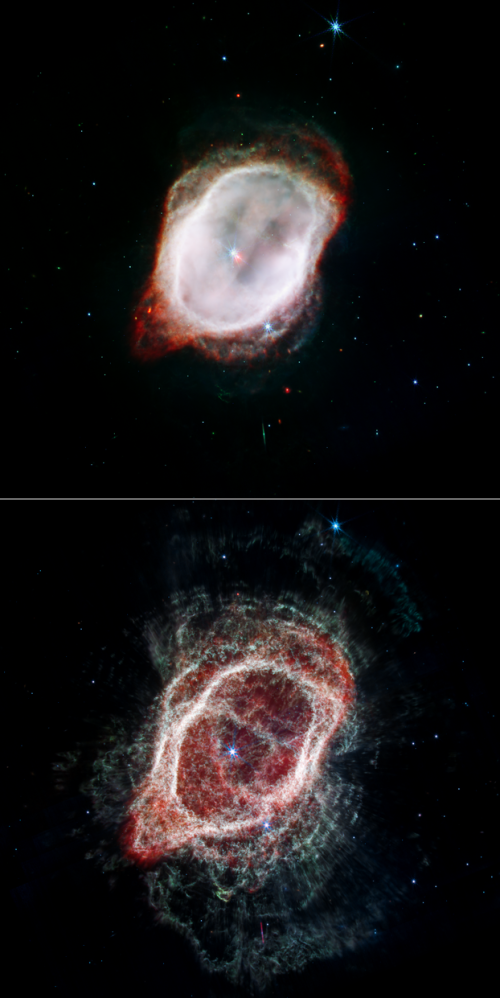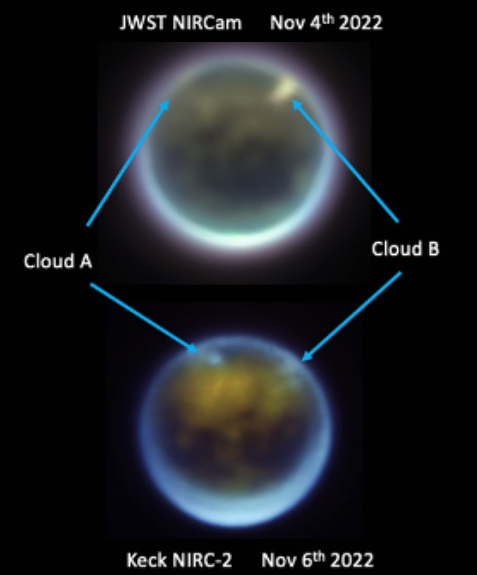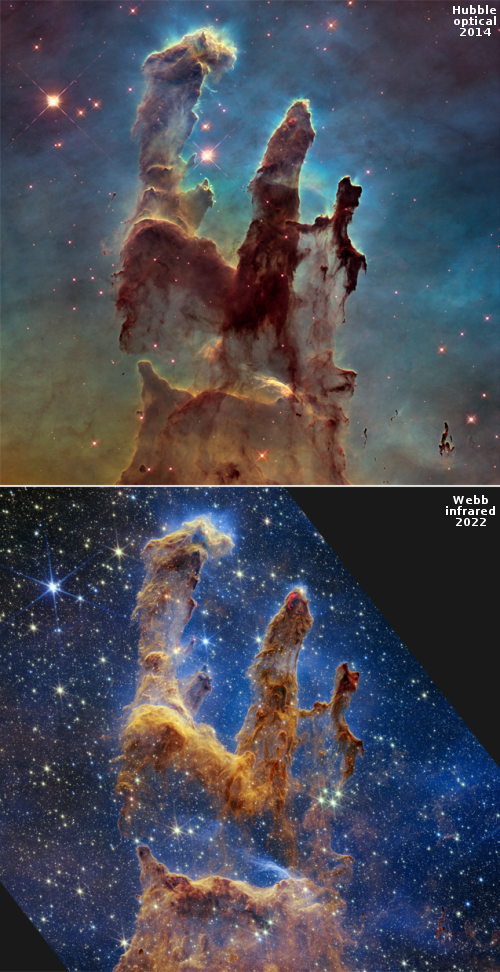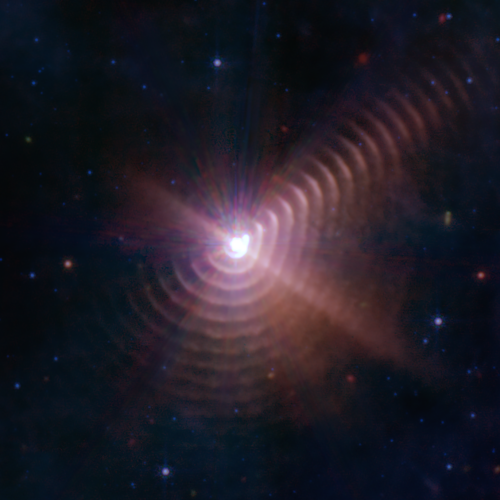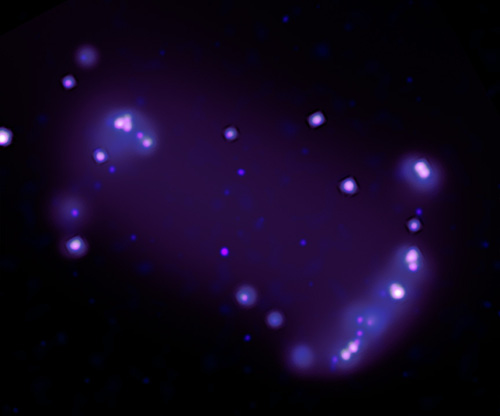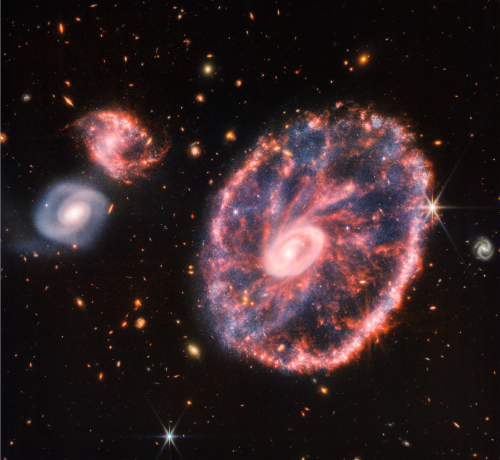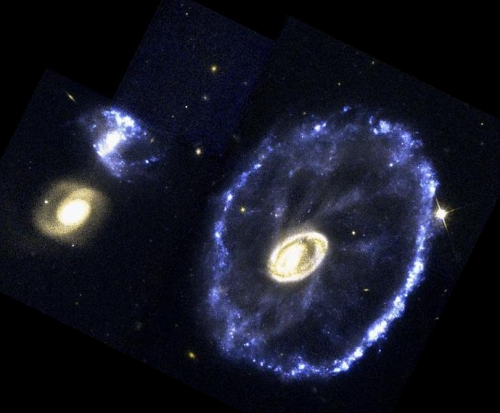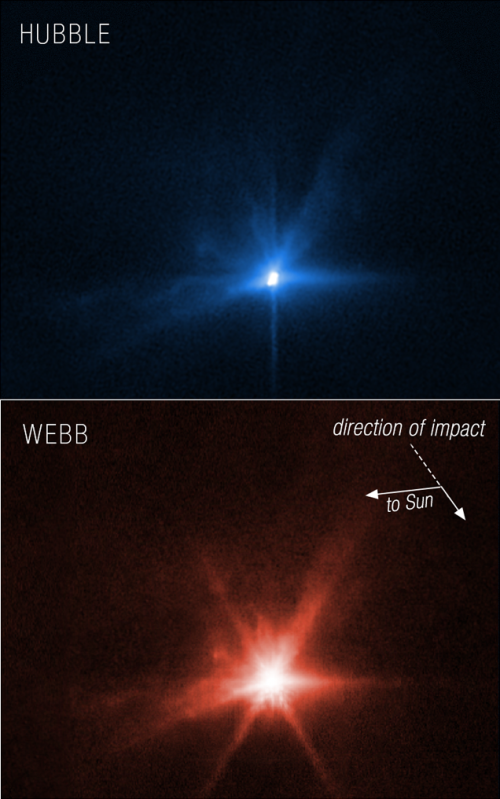Webb spots massive galaxies in the early universe that should not exist at that time
The uncertainty of science: Astronomers using the Webb Space Telescope have identified six galaxies that are far too massive and evolved to have formed so quickly after the Big Bang.
The research, published today in Nature, could upend our model of the Universe and force a drastic rethink of how the first galaxies formed after the Big Bang. “We’ve never observed galaxies of this colossal size, this early on after the Big Bang,” says lead researcher Associate Professor Ivo Labbé from Swinburne University of Technology.
“The six galaxies we found are more than 12 billion years old, only 500 to 700 million years after the Big Bang, reaching sizes up to 100 billion times the mass of our sun. This is too big to even exist within current models.
You can read the paper here [pdf]. The “current models” Labbé is referring to are all the present theories and data that say the Big Bang occurred 13.7 billion years ago. These galaxies, however, found less than a billion years after that event, would have needed 12 billion years to have accumulated their mass.
If confirmed, these galaxies essentially tell us that the Big Bang is wrong, or very very VERY incomplete, and that all the data found that dates its occurrence 13.7 billion years ago, based on the Hubble constant, must be reanalyzed.
It is also possible these galaxies are actually not galaxies, but a new kind of supermassive black hole able to form very quickly. Expect many scientists who are heavily invested in the Big Bang to push for this explanation. It might be true, but their biases are true also, which means that Webb is presenting us with new data that calls for strong skepticism of all conclusions, across the board.
The uncertainty of science: Astronomers using the Webb Space Telescope have identified six galaxies that are far too massive and evolved to have formed so quickly after the Big Bang.
The research, published today in Nature, could upend our model of the Universe and force a drastic rethink of how the first galaxies formed after the Big Bang. “We’ve never observed galaxies of this colossal size, this early on after the Big Bang,” says lead researcher Associate Professor Ivo Labbé from Swinburne University of Technology.
“The six galaxies we found are more than 12 billion years old, only 500 to 700 million years after the Big Bang, reaching sizes up to 100 billion times the mass of our sun. This is too big to even exist within current models.
You can read the paper here [pdf]. The “current models” Labbé is referring to are all the present theories and data that say the Big Bang occurred 13.7 billion years ago. These galaxies, however, found less than a billion years after that event, would have needed 12 billion years to have accumulated their mass.
If confirmed, these galaxies essentially tell us that the Big Bang is wrong, or very very VERY incomplete, and that all the data found that dates its occurrence 13.7 billion years ago, based on the Hubble constant, must be reanalyzed.
It is also possible these galaxies are actually not galaxies, but a new kind of supermassive black hole able to form very quickly. Expect many scientists who are heavily invested in the Big Bang to push for this explanation. It might be true, but their biases are true also, which means that Webb is presenting us with new data that calls for strong skepticism of all conclusions, across the board.

